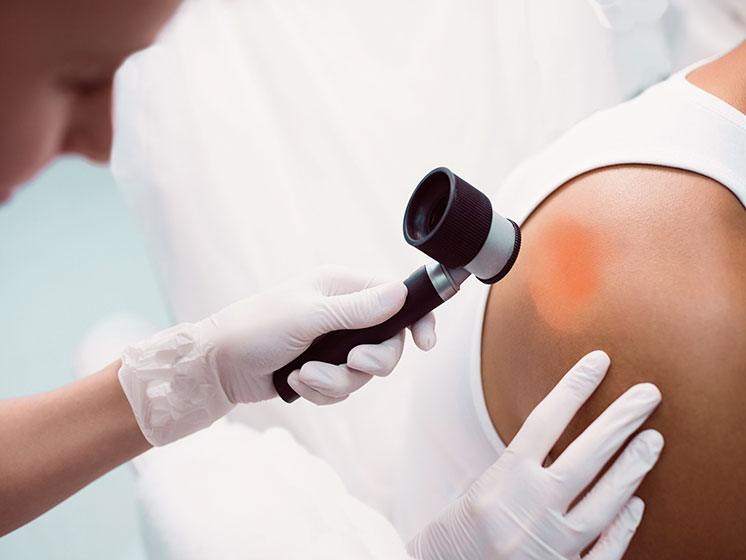Navigating Skin Cancer Therapy: The Essential Duty of Mohs in Modern Dermatology Practices
Skin cancer cells, a difficult diagnosis, typically leaves people grappling with many treatment options. As we explore the complexities of this treatment, one will value its critical duty in skin cancer therapy.
Comprehending Skin Cancer Cells: Types and Dangers
Skin cancer cells, a possibly dangerous ailment, is far much more widespread than many individuals realize. This illness, triggered by the unchecked growth of unusual skin cells, mostly arises from DNA damages because of direct exposure to the sunlight and ultraviolet (UV) light. There are 3 major types of skin cancer: Basal cell carcinoma, Squamous cell carcinoma, and Melanoma. While the former two are less lethal and comprise most of identified situations, melanoma is the most harmful. It represents just concerning 1% of skin cancer cells instances yet creates the vast bulk of skin cancer deaths - chemical peel. Threat factors include fair skin, history of sunburn, extreme sun exposure, living at high elevations or near to the equator, having several moles, a family history of skin cancer cells, and weakened immune system.
What Is Mohs Surgical procedure and Exactly How It's Transforming Skin Cancer Cells Therapy
In spite of the many therapies presently readily available for skin cancer cells, Mohs surgery stands out as a groundbreaking and highly efficient option. Named after Frederic E. Mohs, the doctor that established the treatment, Mohs surgical treatment is a specific medical strategy made use of to deal with skin cancer cells. This degree of accuracy, integrated with the capability to spare as much healthy tissue as possible, is transforming skin cancer treatment.
The Advantages of Mohs Surgical Treatment Over Standard Skin Cancer Cells Treatments
Structure on the cutting-edge nature of Mohs surgical procedure, it's important to consider its various benefits over standard skin cancer cells treatments. Unlike guidelines, Mohs uses a higher cure rate, typically reaching 99% for first-time therapies and 94% for recurring cancers cells. This precision is due to its one-of-a-kind technique of gradually removing and checking out cells layers until just cancer-free cells continue to be (mohs surgery). Additionally, it minimizes damages to healthy skin, leading to much less scarring and improved aesthetic results. Mohs also gives instant results, removing the anxiety-ridden wait usual with other methods. Lastly, it's economical, as the surgical treatment and tiny evaluation happen concurrently, removing the requirement for additional research laboratory services. Thus, Mohs represents a substantial improvement in skin-related practices.
The Treatment of Mohs Surgery: What to Expect Throughout the Process

Prospective Negative Effects and Post-Operative Care of Mohs Surgical Procedure
Undertaking Mohs surgery, like any type of various other surgery, includes possible adverse effects that individuals need to recognize. Typical side results include discomfort, bruising, and swelling at the surgical procedure website. These are typically momentary and convenient with non-prescription discomfort medication and ice packs. In rare situations, individuals might experience infection, blood loss, or a sensitive response to the local anesthetic. Post-operative care is vital to healing and reducing side impacts. This normally entails maintaining the injury tidy and dry, taking prescribed medicines, and preventing laborious activities. Patients ought to additionally attend all follow-up visits for wound care and tracking. Sometimes, extra therapies might be needed to make sure total elimination of the malignant cells. Complying with these post-operative care guidelines can significantly improve healing and outcomes.
Final thought
